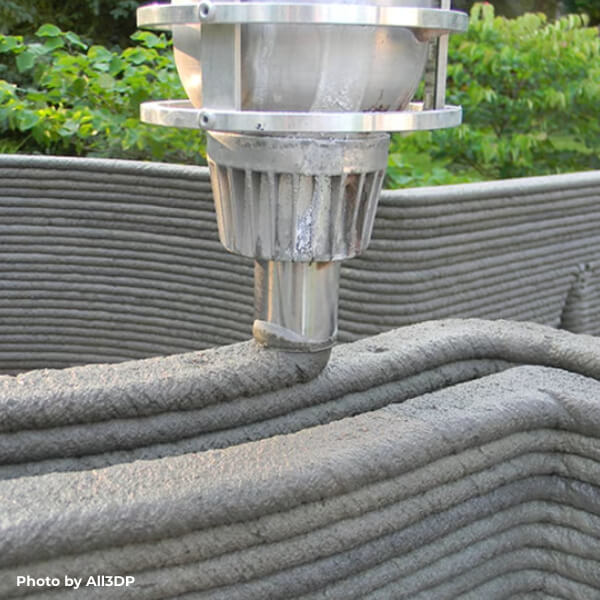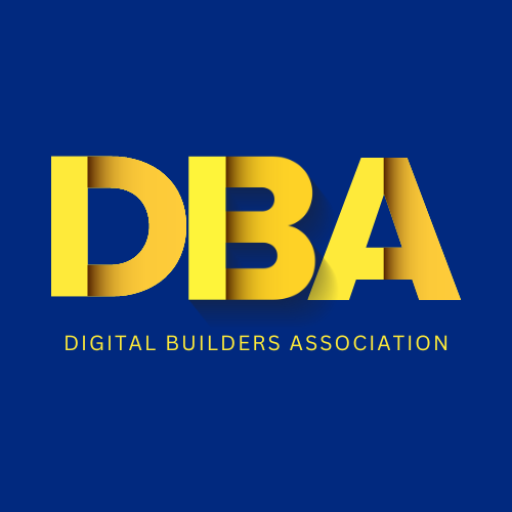
Author, Serial Entrepreneur, Ph.D. Candidate in 3D Printing Construction, Ted Talk Speaker, Consultant & Mastermind Group Creator. And a Trumpeter.
Reynaldo Santana is a former tech executive with 10+ years experience working from corporate, to small-medium businesses, to non-profits and start-ups. He has created, led and managed teams worldwide. Santana is now a serial entrepreneur himself, investor, speaker, philanthropist, author and on a mission to impact 1 Billion lives by using what he has learned along his journey. In addition, Reynaldo serves as President to a non-profit he founded named ESG Housing Inc, where his mission is to build world-wide affordable, sustainable, self-sufficient communities protected from future pandemics, including a tenant/landlord protection fund to protect them from financial risks.


For good reason, the use of 3D technology in building construction has grown in popularity in recent years. The use of 3D technology in the construction process has numerous advantages, ranging from increased efficiency and cost savings to improved design and safety. Here are just a few of the advantages of using 3D technology in construction:
Increased efficiency and cost savings: 3D technology enables builders to create precise digital models of a building before construction begins. This enables better project planning and coordination, as well as the ability to detect and correct any design flaws before they become costly errors on the construction site. Furthermore, 3D technology enables the creation of virtual mock-ups that can be used to test various design options and materials before committing to them.
3D technology enables architects and designers to create highly detailed and accurate representations of their designs. This allows for more creativity and flexibility in the design process, as well as the ability to visualize and fine-tune the design in ways that were not previously possible.
Improved safety: 3D technology can be used to create virtual simulations of construction sites, allowing workers to practice and rehearse tasks before actually performing them on site. This can help to reduce the risk of workplace accidents and injuries. Furthermore, 3D technology can be used to create detailed models of the structural components of the building, allowing for more accurate analysis and design of these elements for improved safety and stability.
Improved collaboration: Because everyone on the team can access and view the same digital model, 3D technology allows for better communication and collaboration. The term "responsibility" refers to the act of determining whether or not a person is responsible for his or her own actions.
Increased sustainability: 3D technology can be used to design and build buildings that are environmentally friendly. Digital models, for example, can be used to optimize the layout and orientation of a building for maximum energy efficiency and to incorporate sustainable materials and systems.
In conclusion, the application of 3D technology in the building industry has a variety of advantages, such as increased productivity and cost savings, improved design, increased safety, improved teamwork, and increased sustainability. Future developments in 3D technology suggest that it will likely play an even bigger role in the construction process.
References:
1. "The Benefits of 3D Printing in Construction" by Rachel Brook, 3D Printing Industry
2. "The Advantages of Using 3D Printing in Architecture and Construction" by Ellen Millard, ArchDaily
3. "Virtual Reality in Construction: Improving Safety with VR Training" by Emma Williams, VRScout
4. "Using BIM to Enhance Safety in the Construction Industry" by Ehsan Shafiei, Autodesk
5. "The Benefits of Using 3D Printing in Construction" by Jeff Lindsay, 3D Printing

Author, Serial Entrepreneur, Ph.D. Candidate in 3D Printing Construction, Ted Talk Speaker, Consultant & Mastermind Group Creator. And a Trumpeter.
Reynaldo Santana is a former tech executive with 10+ years experience working from corporate, to small-medium businesses, to non-profits and start-ups. He has created, led and managed teams worldwide. Santana is now a serial entrepreneur himself, investor, speaker, philanthropist, author and on a mission to impact 1 Billion lives by using what he has learned along his journey. In addition, Reynaldo serves as President to a non-profit he founded named ESG Housing Inc, where his mission is to build world-wide affordable, sustainable, self-sufficient communities protected from future pandemics, including a tenant/landlord protection fund to protect them from financial risks.


1717 N Street NW, Suite 1, Washington, DC 20036
Copyright © 2023 Digital Builders Association | Powered by WealthSpring® Media | All Rights Reserved.
DBA is a 501(c)3 nonprofit corporation.